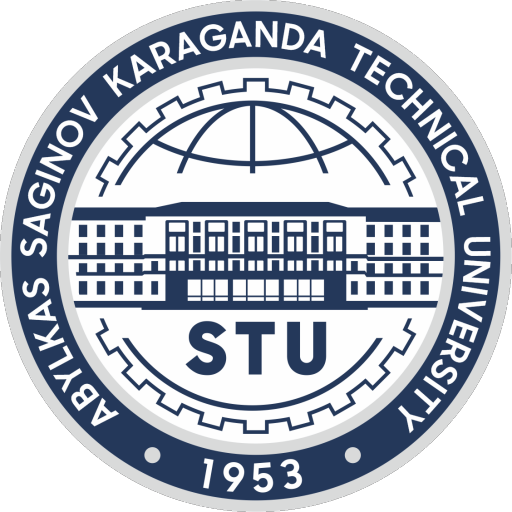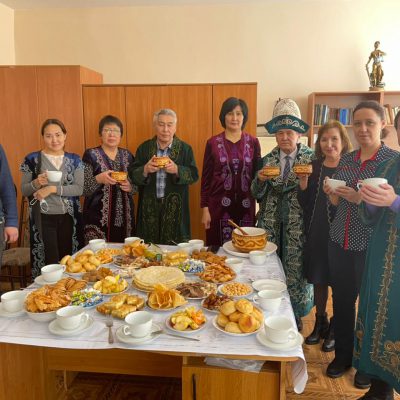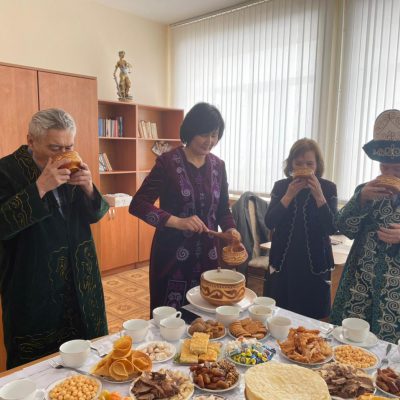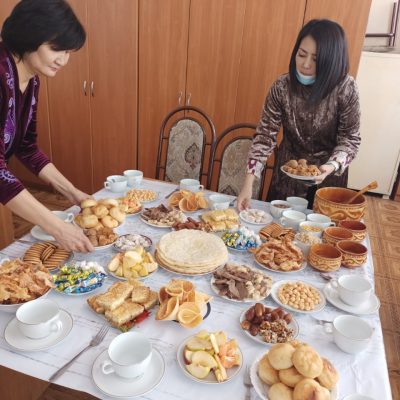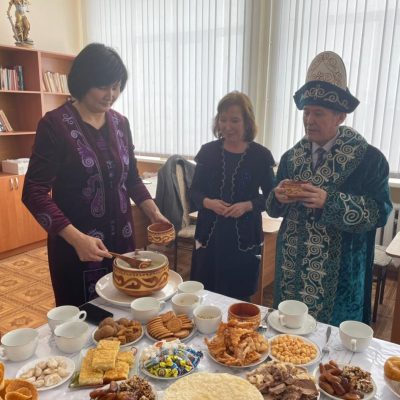One of the main spring and national holidays of many nations, Nauryz, will come very soon. According to ancient reckoning, this day usually coincided with March 22 – the day of the vernal equinox.
Nauryz holiday is one of the most ancient holidays on Earth. It has been celebrated for more than five thousand years as a holiday of spring and renewal of nature by many nations.
Historical information about this holiday is found in the works of many ancient and medieval authors.
According to the eastern calendar, it corresponds to the Iranian New Year (Navruz).
From generation to generation Kazakhs, Uzbeks, and Uighurs passed on the traditions of celebrating Nauryz. The Tajiks called him “Gulgardon” or “Gulnavruz”, the Tatars – “Nardugan”, and the ancient Greeks he was known as “Patrich”.
So in Northern India they celebrate Lori – the day the harsh winter ends, in Egypt the beginning of spring is called Zham en-Nessim; in Israel they celebrate Tu Bishvat – the end of the rainy season, in Iceland there is Sumarsdag – the day of the arrival of summer.
The roots of the holiday can be found in ancient pagan rites. In itself, the form of celebration from ancient times carried the principles of love for nature. Despite the prescription, this holiday has been preserved in the people’s memory, and has now acquired a new spiritual and ethical meaning. The celebration of Nauryz is not complete without a rich dastarkhan. It is generally accepted that if the table is bursting with food on a holiday, then the whole year will be spent in abundance. Each culture has its own traditional dishes that they prepare on this particular day. We will talk about some of them, which are traditionally prepared in Kazakhstan for the holiday of the spring equinox.
Nauryz kozhe
The main dish of the holiday of spring and renewal is Nauryz kozhe, which consists of seven components: water, meat, salt, butter, flour, cereals and milk. They symbolize happiness, luck, wisdom, health, wealth, rapid growth and the patronage of heaven. There is a belief: if you taste Nauryz kozhe in seven houses, the year will be very successful.
Baursaki
Baursaki is a traditional flour product, they are prepared in the form of small round donuts. According to one of the versions, the word itself comes from the words “baurlasu”, “baur” and means, translated into Russian, “the desire for unification, kinship”.
Beshbarmak
Beshbarmak is a Kazakh national dish made from lamb, beef or horse meat. By tradition, in the Kazakh family it is customary to treat honored guests with beshbarmak.
Dishes for tea
In the steppe, they also prepared a festive dessert – zhent;
tare – fried millet;
talkan – ground germinated cereals.
Of course, the modern outlines of the holiday are significantly different from their former content. These are not only theatrical performances and richly decorated yurts, deliciously cooked nauryz-kozhe, but also charity events, folk sports games, maintenance of green spaces, planting trees, cleaning parks and other recreation areas, streets and squares. Today, “Nauryz Meiramy” has become a national holiday of spring, labor and unity. Today this holiday is equally dear to all peoples living in multinational Kazakhstan.
On March 18, 2022, as part of the celebration of Nauryz, the teachers of the Department of Higher Mathematics held a festive event that aimed to show the celebration of Nauryz by the Kazakh people. The faculty and students of groups OP-21-2, Log-21-2 took part in the preparation and holding of the event.
A rich dastarkhan was covered, symbolizing wealth and abundance. The main treat on the festive table was Nauryz kozhe. The seven components of this dish mean the seven elements of life, and the cauldron in which the skin is cooked symbolizes unity. And about. Associate Professor of the Department Shaikhova G.S. she introduced the guests to the method of preparing Nauryz kozhe and treated all the guests. According to Kazakh traditions, blessings (bata) from Professor S.K. Tutanov sounded at the event before and after the dastarkhan.
Nauryz holiday – a holiday of the unity of all people on Earth and nature, a holiday of harmony, light and goodness was held successfully. The staff of the department thanks the guests, students and staff of the department, who took an active part in the preparation and holding of this event.
